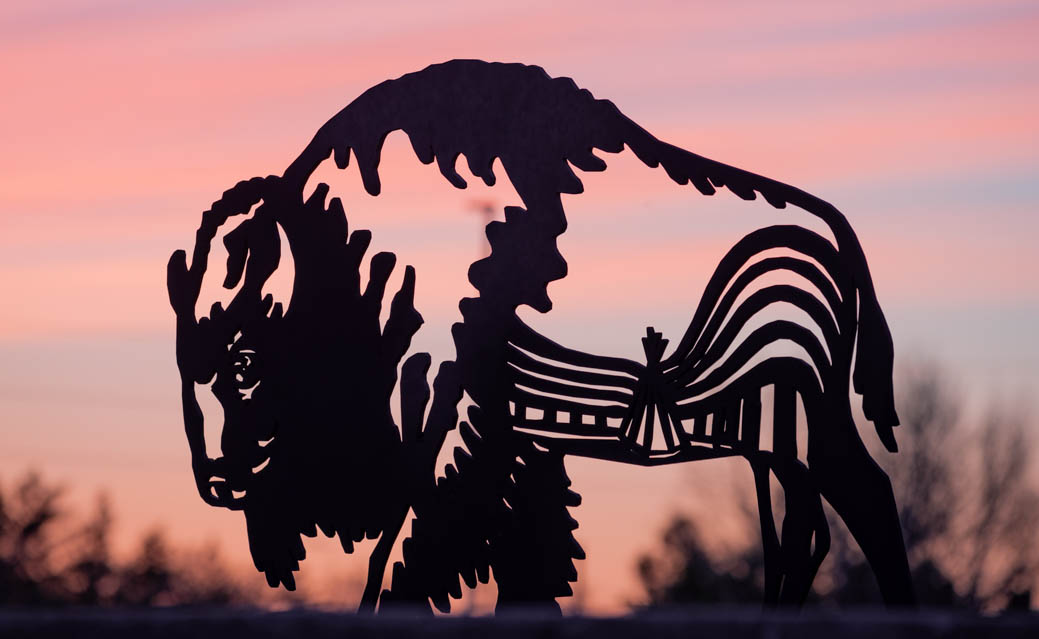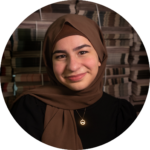Decades late, Canada attempts to right its wrongs
The federal government allocates $40 billion in reparations to compensate for First Nations ethnic cleansing.
After many years of demanding justice, the Canadian federal government has approved to allocate $40 billion in reparations in the name of reconciliation—a feat that is a massive win and step forward towards reconciliation. But it is it enough?
Canada has far too much blood on its hands to simply continue with this narrative of being one of the happiest, most peaceful countries amongst the superpowers. The lives, traditions and stories of Indigenous individuals and tribes have suffered a massive ethnic cleansing which is still evident today. The decision to declare reparations is a step towards creating meaningful change in the lives of Indigenous communities, but we still have a long way to go.
The battle towards reconciliation and Indigenous rights has proven to be exhausting, and lengthy. The Assembly of First Nations and the First Nations Child Family Caring Society had filed a complaint mentioning the federal government’s blatant discrimination towards First Nations. Following this urgent order to the federal government, and a few years later, Canada decided to supply $20 billion to families affected over the course of the last three decades, as well as another $20 billion over the course of a five-year reform.
The notion of reparation is not a foreign endeavour. Reparation is often payments made to compensate for the destruction and damage inflicted on an individual or group of people by a higher power. It is a step made toward ensuring that wrongs are made right. After periods of unlawful constraint and violations of human rights, vulnerable communities are in dire need of resources to rebuild the lives and infrastructures stolen from them. In regards to Indigenous rights, money will not bring back the lives lost in residential schools and erase the countless other accounts of bigotry and discrimination. But, it can provide these victims the ability and a starting point to take back what is theirs.
Individuals who are approved for support are children living on reserves, those affected by the Jordan’s Principle (rather, the lack thereof) which was meant to be supported by the House of Commons in 2007. The principle was meant to protect First Nations children in their right to receive free health care. Others available for reparation include Indigenous adults transitioning out of the welfare system, and families living in Yukon who were forcibly removed from their homes from 1991 to 2022.
Dakota Kochie, an Ojibwe person and former chief of staff of The Assembly of First nations tweeted, “this settlement [will] mean meaningful change for First Nations [. . .] but we can’t look away from these issues now that we have a settlement. Now onto long term reform.”
While Canada has reached the conclusion and acknowledged its part in a horrifying ethnic cleansing, supplying $40 billion to the communities it destroyed is not enough. This is a step toward doing what is right, but it did not come easy and it is long overdue. The lives lost, languages erased, history and traditions made a mockery of, the children that were stolen from their parents and put in schools in which they were tortured, will never be forgotten.
Under the reign of Stephen Harper, it was found that thousands of documents proving and exposing human rights violations and acts of discrimination against Indigenous children were concealed by his government, in an attempt to deny these communities their basic rights. The very least Canada can do for destroying the children of the past is to ensure the children of the future have equal opportunities to achieve and preserve their beliefs and stories.
Many have taken to Twitter, expressing their thoughts and appreciation for the advocates who fought for justice—the largest class action lawsuit in the history of Canada. I, too, am hopeful that a brighter future is coming for First Nations residing in Canada. While we can’t overlook the fact that many communities still live in troublesome environments with little access to healthcare and clean drinking water, change is happening. The First Nations communities have been true superheroes, inspiring countless lives within Canada’s borders but also outside who may have direct ties to the discouraging reality of ethnic cleansing. We, as a society, have great impact on the future, and we must keep fighting.
Changing Leaves Columnist (Volume 49); Managing Editor (May–November, Volume 49) — Aia is a fourth-year student studying Psychology and completing a double minor in French and Philosophy. She became a Staff Writer for The Medium in the 2021-2022 publishing year and was determined the team couldn’t get rid of her so soon. In her spare time, she can be found café hopping in the hopes to find the best iced chai in the GTA, writing her weirdly complex thoughts down in her notes app, or taking a million pictures a day of her friends. Aia hopes that students find The Medium and feel the sense of belonging she has felt. You can connect with Aia on Linkedin.


